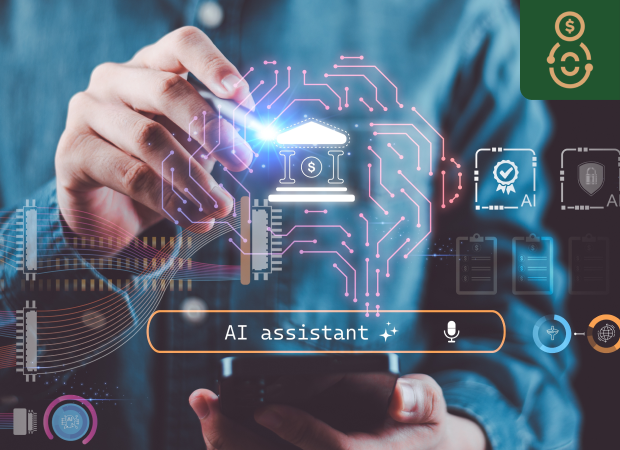Apr 18, 2024
Shaping the Future of AI in Salesforce: Ethical Principles and Architectural Insights from an Architect’s Perspective
Introduction
The advent of artificial intelligence (AI) within the Salesforce ecosystem represents a paradigm shift in how businesses engage with customers and manage operations. As AI technologies like Salesforce Einstein bring predictive capabilities and deep insights into customer behavior, ethical considerations come to the forefront. This paper explores the evolution of AI in Salesforce, delves into the ethical foundations essential for its deployment, and highlights the critical role of architects in ensuring these technologies are used responsibly, inclusively, and transparently.
The Evolution of AI in Salesforce
Salesforce’s journey through the AI landscape began with the establishment of the SFDC AI Research team in 2014, signaling a commitment to pioneering intelligent solutions. The acquisition of companies such as RelateIQ and MetaMind laid the groundwork for Salesforce’s AI capabilities, culminating in the launch of Salesforce Einstein in 2016. Einstein integrated AI across the Salesforce platform, providing predictive insights and transforming customer engagement.
By 2018, the Einstein Prediction Builder democratized AI, allowing Salesforce admins to build custom predictions. The introduction of Conversation Insights in 2019 leveraged natural language processing to extract insights from sales calls, enhancing learning from every interaction.
As the timeline progressed, Salesforce’s AI achievements grew more significant, with Einstein now making over 1 trillion predictions a week, positioning it as the central nervous system of the Salesforce platform. Recent advancements include the development of CodeGen and the publication of the ProGen paper, which highlight significant progress in generative models, as well as the integration of Einstein GPT, marking the advent of generative AI within the platform.
This evolution underscores not just technological advancements but also the importance of ethical considerations in AI deployment, prompting the question: Should AI be used for everything?
Ethical Foundations
Responsible Use
Responsible AI use involves purposeful and conscientious deployment, ensuring outcomes are beneficial and avoid harm. This encompasses using AI to enhance customer support through predictive capabilities without compromising data security or privacy. The principle of “do no harm” guides harm avoidance, actively working to prevent negative outcomes such as biases in AI decision-making, data privacy breaches, and detrimental effects on mental health or social well-being. Evaluating the system’s impact on all stakeholders ensures benefits or, at the very least, no disadvantage to customers, employees, partners, and the broader community.
Accountability
Accountability in AI equates to tracing decisions and actions back to human operators. It ensures a clear pathway exists for understanding AI-driven decisions, such as loan application evaluations, emphasizing the necessity for audit trails and human oversight in AI operations. This section also introduces the importance of feedback loops for continuous improvement, ensuring AI systems evolve in alignment with ethical standards.
Transparency
Transparency in AI is about making the decision-making process understandable and visible to users. Architects play a crucial role in designing systems where the AI’s operations—from data flow and model logic to learning mechanisms—are documented and explainable. This approach builds trust through visibility, allowing users to understand how AI impacts them directly.
Inclusivity
Inclusivity ensures AI systems serve a diverse user base without prejudice. This involves including diverse data sets to train AI systems, mitigating biases, and ensuring language and cultural inclusivity. Architects must ensure systems respect and cater to the diversity inherent in the global user base, promoting equity and fairness.
Architects’ Role in Ethical AI Deployment
Architects are tasked with embedding ethical considerations into the AI lifecycle, from design to deployment. This includes proactive bias mitigation, implementing advanced privacy features, and creating systems that are resilient to exploitation. Architects lead by example, developing guidelines and fostering a culture of ethical AI use that could become industry benchmarks.
Challenges and Opportunities
The deployment of ethical AI presents a landscape filled with both challenges and opportunities. Architects are positioned uniquely to influence the development of AI technologies, ensuring they adhere to ethical principles. This responsibility includes navigating evolving data laws, preventing misuse, and ensuring AI systems are both innovative and equitable.
Conclusion
As we navigate the complexities of AI deployment within the Salesforce ecosystem, the role of architects in ensuring ethical use has never been more imperative. This article underscores the importance of responsible use, accountability, transparency, and inclusivity in AI deployment. By committing to these ethical principles, architects can lead the development of AI systems that are not only technologically advanced but also equitable and beneficial to all.
Author:











